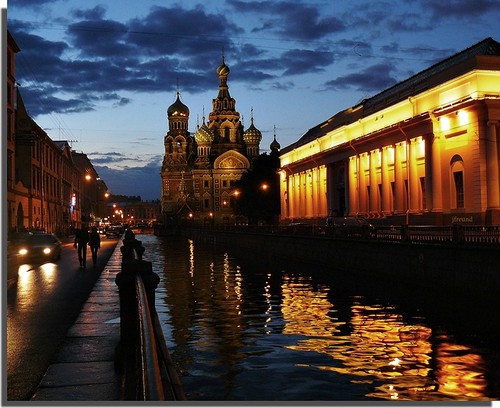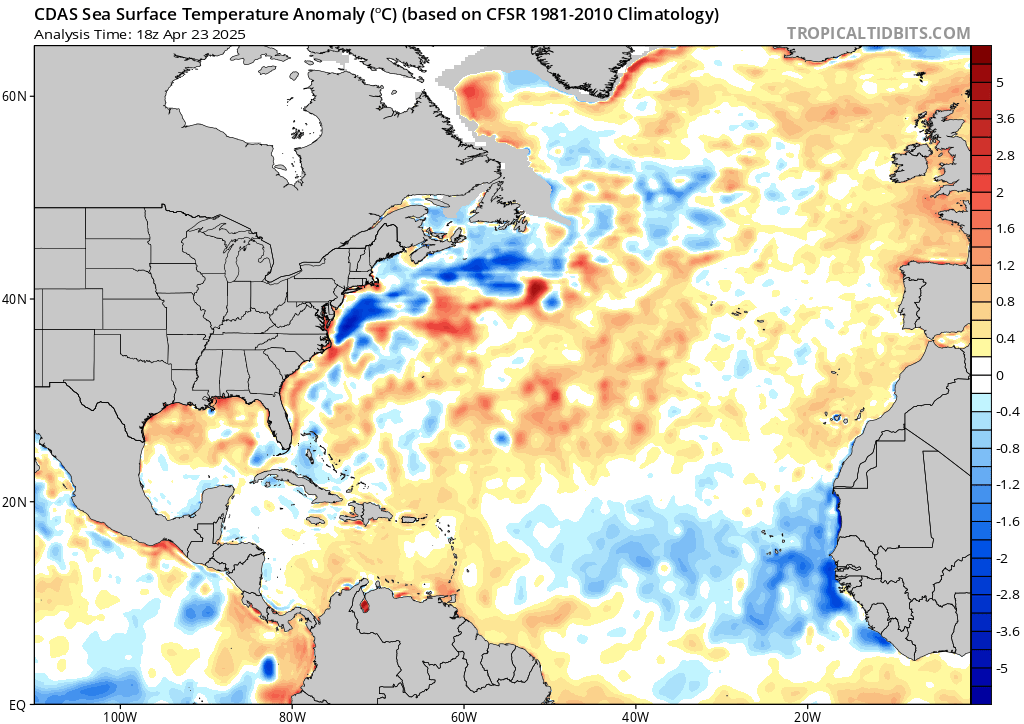Hot, Hot, Hot. You will have noticed that the term “climate change” is now synonymous with “summer”. Since the northern hemisphere is where most of the world’s land, people and media are located, two typical summer months (June was not so hot) have been depicted as the fires of hell awaiting any and all who benefit from fossil fuels. If you were wondering what the media would do in the absence of hurricanes to heap upon our heads, you are getting the answer.
Fortunately, Autumn is on the way and already bringing cooler evenings in Montreal where I live. Once again open windows provide fresh air for sleeping, and mornings are starting to show condensation. This year’s period of “climate change” is winding down. Unless of course, we get some hurricanes the next two months. Below is a repost of seasonal changes in temperature and climate for those who may have been misled by the media reports of a forever hotter future.

Autumnal Climate Change
Seeing a lot more of this lately, along with hearing the geese honking. And in the next month or so, we expect that trees around here will lose their leaves. It definitely is climate change of the seasonal variety.
Interestingly, the science on this is settled: It is all due to reduction of solar energy because of the shorter length of days (LOD). The trees drop their leaves and go dormant because of less sunlight, not because of lower temperatures. The latter is an effect, not the cause.
Of course, the farther north you go, the more remarkable the seasonal climate change. St. Petersburg, Russia has their balmy “White Nights” in June when twilight is as dark as it gets, followed by the cold, dark winter and a chance to see the Northern Lights.

And as we have been monitoring, the Arctic ice has been melting from sunlight in recent months, but will soon begin to build again in the darkness to its maximum in March.
We can also expect in January and February for another migration of millions of Canadians (nicknamed “snowbirds”) to fly south in search of a summer-like climate to renew their memories and hopes. As was said to me by one man in Saskatchewan (part of the Canadian wheat breadbasket region): “Around here we have Triple-A farmers: April to August, and then Arizona.” Here’s what he was talking about: Quartzsite Arizona annually hosts 1.5M visitors, mostly between November and March.

Of course, this is just North America. Similar migrations occur in Europe, and in the Southern Hemisphere, the climates are changing in the opposite direction, Springtime currently. Since it is so obviously the sun causing this seasonal change, the question arises: Does the sunlight vary on longer than annual timescales?
The Solar-Climate Debate
And therein lies a great, enduring controversy between those (like the IPCC) who dismiss the sun as a driver of multi-Decadal climate change, and those who see a connection between solar cycles and Earth’s climate history. One side can be accused of ignoring the sun because of a prior commitment to CO2 as the climate “control knob”.
The other side is repeatedly denounced as “cyclomaniacs” in search of curve-fitting patterns to prove one or another thesis. It is also argued that a claim of 60-year cycles can not be validated with only 150 years or so of reliable data. That point has weight, but it is usually made by those on the CO2 bandwagon despite temperature and CO2 trends correlating for only 2 decades during the last century.
One scientist in this field is Nicola Scafetta, who presents the basic concept this way:
“The theory is very simple in words. The solar system is characterized by a set of specific gravitational oscillations due to the fact that the planets are moving around the sun. Everything in the solar system tends to synchronize to these frequencies beginning with the sun itself. The oscillating sun then causes equivalent cycles in the climate system. Also the moon acts on the climate system with its own harmonics. In conclusion we have a climate system that is mostly made of a set of complex cycles that mirror astronomical cycles. Consequently it is possible to use these harmonics to both approximately hindcast and forecast the harmonic component of the climate, at least on a global scale. This theory is supported by strong empirical evidences using the available solar and climatic data.”
He goes on to say:
“The global surface temperature record appears to be made of natural specific oscillations with a likely solar/astronomical origin plus a noncyclical anthropogenic contribution during the last decades. Indeed, because the boundary condition of the climate system is regulated also by astronomical harmonic forcings, the astronomical frequencies need to be part of the climate signal in the same way the tidal oscillations are regulated by soli-lunar harmonics.”
He has concluded that “at least 60% of the warming of the Earth observed since 1970 appears to be induced by natural cycles which are present in the solar system.” For the near future he predicts a stabilization of global temperature and cooling until 2030-2040.

For more see Scafetta vs. IPCC: Dueling Climate Theories
A Deeper, but Accessible Presentation of Solar-Climate Theory
I have found this presentation by Ian Wilson to be persuasive while honestly considering all of the complexities involved.
The author raises the question: What if there is a third factor that not only drives the variations in solar activity that we see on the Sun but also drives the changes that we see in climate here on the Earth?
The linked article is quite readable by a general audience, and comes to a similar conclusion as Scafetta above: There is a connection, but it is not simple cause and effect. And yes, length of day (LOD) is a factor beyond the annual cycle.
Click to access IanwilsonForum2008.pdf
It is fair to say that we are still at the theorizing stage of understanding a solar connection to earth’s climate. And at this stage, investigators look for correlations in the data and propose theories (explanations) for what mechanisms are at work. Interestingly, despite the lack of interest from the IPCC, solar and climate variability is a very active research field these days.
For example Svensmark has now a Cosmosclimatology theory supported by empirical studies described in more detail in the red link.

A summary of recent studies is provided at NoTricksZone: Since 2014, 400 Scientific Papers Affirm A Strong Sun-Climate Link
Ian Wilson has much more to say at his blog: http://astroclimateconnection.blogspot.com.au/
Once again, it appears that the world is more complicated than a simple cause and effect model suggests.

Fluctuations in observed global temperatures can be explained by a combination of oceanic and solar cycles. See engineering analysis from first principles Quantifying Natural Climate Change.
For everything there is a season, a time for every purpose under heaven.
What has been will be again, what has been done will be done again;
there is nothing new under the sun.
(Ecclesiastes 3:1 and 1:9)
Footnote:

Reblogged this on Climate Collections.
LikeLike
Hi Ron;
Re: “ It is fair to say that we are still at the theorizing stage of understanding a solar connection to earth’s climate.”, and “Hot, Hot, Hot” .
What should one say a lot about the sun? Without the sun, nothing will run on this earth (see the moon) and sun shifts will always show up in the air temperatures with a time delay because the seas are causing this. But there is little convincing evidence that the sun alone has ever caused a sustainable climate change.
This summer, probably the most interesting aspect was the so-called ‘weather blocking’ over Western Europe. Atmospheric blocking alters normal climates across Europe and Russia by shifting low pressure tracks. In such a case cyclones and zonal wind pattern, e.g. known as the jet stream, deviates form a common pathway and reroute north and south of the anticyclone. If the blocking is strong and persistent enough, the entire Norther Hemisphere may be affected, as it was this year.
Any weather blocking over Europe presumably requires some input from the North Atlantic, but the real cause is likely to be the sea water conditions in Western Europe, particular from the North- and Baltic Sea. The meteorological causes are a high-pressure over Northern Europe with abandon dry air, which denies cyclones to travel unhindered eastwards. The longer the situation last, the drier the soil, less and less clouds, the hotter the continent. Although it is not a so uncommon phenomenon, the influences of the regional seas play hardly any role in the climate discussion, and MetOff is merely: “….. aiming to understand why the weather pattern this summer was so persistent” [news-27/July18] and will publish the findings later this year, which is questioned by http://1ocean-1climate.com/record-heat-in-europe-incredible-neglect-of-the-influence-of-regional-seas/. The MetOff stance is not full of competence and leaves little hope to get a convincing explanation in a near future.
That is quite boring, but also life!
All the best, ab
LikeLike
thanks arnd for commenting and for the analysis at your blog. I have noticed that AMO index this year is tracking lowest in the last 2 decades, but with a band of warm water across from NE USA to Europe. Does the high pressure ridge cause the higher regional SSTs, is it the other way around, or is it a chicken-and-egg thing? It if is the latter, just like Mother Nature to pull a trick like that.

LikeLike
Thanks Ron! A lot can be said about chicken-and-egg throughout the seasons. A few words, certainly very incomplete, but briefly:
__Cold North Atlantic weakens cyclone activities.
__cold SST in North- and Baltic Sea in spring attracts anti-cyclone activities over Northern Europe
__stable high-pressure over Europe (denying cyclones traveling directly to the East that ensures long sun-shine);
__extensive sun-shine dries out the soil,
__the drier the soil the more stable becomes any high pressure system, minimizing Atlantic activities further.
And the story goes on and on. Not the chicken-and-egg thing is IMO the question, but when and to what extent the local regional seas show their strength in making weather and climate – respectively blocking the Atlantic weather. .
Cheers ab
LikeLike
thanks for explaining. Indeed more complex with various moving parts. So the Ocean Makes Climate, but the seas act out in ways still mysterious to us.
LikeLike